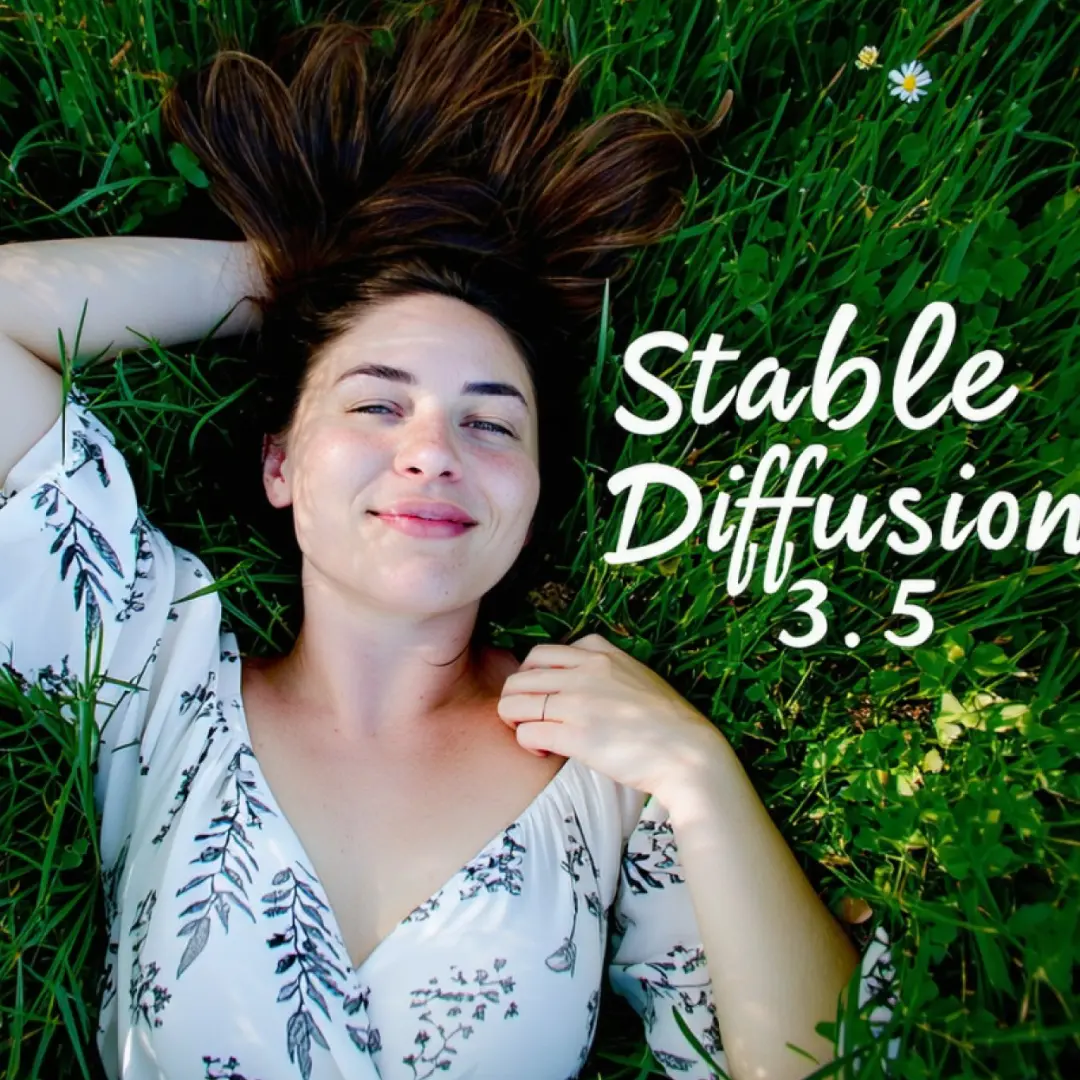ComfyUI Node: Noise Layer [Replace] 🎭🅐🅓
ADE_NoiseLayerReplace
CategoryAnimate Diff 🎭🅐🅓/noise layers
Kosinkadink (Account age: 4001days) Extension
AnimateDiff Evolved Latest Updated
2025-03-13 Github Stars
3.08K
How to Install AnimateDiff Evolved
Install this extension via the ComfyUI Manager by searching for AnimateDiff Evolved- 1. Click the Manager button in the main menu
- 2. Select Custom Nodes Manager button
- 3. Enter AnimateDiff Evolved in the search bar
Visit ComfyUI Online for ready-to-use ComfyUI environment
- Free trial available
- 16GB VRAM to 80GB VRAM GPU machines
- 400+ preloaded models/nodes
- Freedom to upload custom models/nodes
- 200+ ready-to-run workflows
- 100% private workspace with up to 200GB storage
- Dedicated Support
Noise Layer [Replace] 🎭🅐🅓 Description
Replace existing noise in tensor with new noise based on mask for controlled noise application in AI-generated art.
Noise Layer [Replace] 🎭🅐🅓:
The ADE_NoiseLayerReplace node is designed to replace existing noise in a tensor with new noise, based on a specified mask. This node is particularly useful in scenarios where you need to control the noise patterns in your AI-generated art, ensuring that specific areas of your image or animation are altered while others remain unchanged. By leveraging this node, you can achieve more precise and controlled noise application, enhancing the overall quality and consistency of your creative outputs. The main goal of this node is to provide a straightforward method to replace noise in a targeted manner, making it an essential tool for AI artists looking to refine their work.
Noise Layer [Replace] 🎭🅐🅓 Input Parameters:
noise_type
This parameter specifies the type of noise to be generated. The noise type determines the characteristics of the noise pattern that will be applied to the tensor. Different noise types can produce varying visual effects, so choosing the appropriate noise type is crucial for achieving the desired artistic outcome. There are no specific minimum, maximum, or default values provided for this parameter, as it depends on the available noise types in your implementation.
batch_offset
The batch_offset parameter is used to offset the batch of noise being generated. This can be useful when working with multiple batches of data, ensuring that each batch receives a unique noise pattern. The batch offset helps in maintaining diversity in noise application across different batches. There are no specific minimum, maximum, or default values provided for this parameter.
seed_gen_override
This parameter allows you to override the seed generation method. By specifying a different seed generation method, you can control the randomness and reproducibility of the noise patterns. This is particularly useful when you need consistent noise patterns across different runs or when experimenting with different noise generation techniques. There are no specific minimum, maximum, or default values provided for this parameter.
seed_offset
The seed_offset parameter is used to offset the seed value for noise generation. This helps in creating variations in the noise patterns by slightly altering the seed value. The seed offset ensures that even with the same initial seed, you can produce different noise patterns by applying an offset. There are no specific minimum, maximum, or default values provided for this parameter.
seed_override
This optional parameter allows you to override the seed value used for noise generation. By providing a specific seed value, you can ensure that the noise pattern is consistent and reproducible. This is useful when you need to achieve the same noise pattern across different runs or when collaborating with others who need to replicate your results. If not provided, the default behavior is to use the seed value generated by the seed generation method.
mask
The mask parameter is a tensor that specifies the areas where the new noise should be applied. The mask helps in targeting specific regions of the tensor for noise replacement, allowing for more precise and controlled noise application. Areas with a mask value of 1 will receive the new noise, while areas with a mask value of 0 will retain the old noise. There are no specific minimum, maximum, or default values provided for this parameter.
Noise Layer [Replace] 🎭🅐🅓 Output Parameters:
noise
The output parameter is a tensor containing the noise pattern after applying the replacement. This tensor reflects the new noise applied to the specified areas, as defined by the mask. The output noise tensor is crucial for further processing or rendering in your AI art pipeline, ensuring that the desired noise patterns are accurately represented in the final output.
Noise Layer [Replace] 🎭🅐🅓 Usage Tips:
- To achieve consistent noise patterns across different runs, use the seed_override parameter to specify a fixed seed value.
- Experiment with different noise types to find the one that best suits your artistic vision and enhances the visual quality of your work.
- Use the mask parameter to target specific areas of your tensor for noise replacement, allowing for more precise control over the noise application.
Noise Layer [Replace] 🎭🅐🅓 Common Errors and Solutions:
"Invalid noise type specified"
- Explanation: The noise_type parameter provided is not recognized or supported.
- Solution: Ensure that the noise_type parameter matches one of the available noise types in your implementation. Refer to the documentation for a list of supported noise types.
"Seed generation method not found"
- Explanation: The seed_gen_override parameter specifies a seed generation method that is not available.
- Solution: Verify that the seed_gen_override parameter matches a valid seed generation method. Check the documentation for the correct method names.
"Mask tensor dimensions do not match"
- Explanation: The dimensions of the mask tensor do not match the dimensions of the noise tensor.
- Solution: Ensure that the mask tensor has the same dimensions as the noise tensor to apply the noise replacement correctly. Adjust the mask tensor dimensions if necessary.
Noise Layer [Replace] 🎭🅐🅓 Related Nodes
RunComfy is the premier ComfyUI platform, offering ComfyUI online environment and services, along with ComfyUI workflows featuring stunning visuals. RunComfy also provides AI Playground, enabling artists to harness the latest AI tools to create incredible art.


